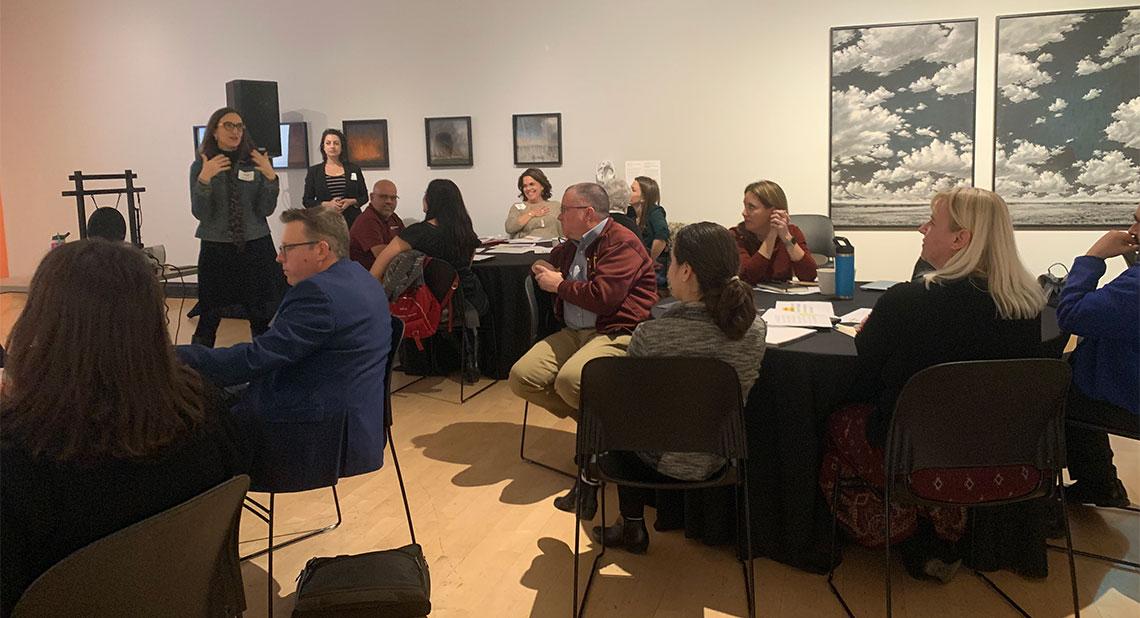
The word “protocol” has a somewhat rigid, almost clinical connotation for me, evoking a sense of strict rules, a process that must be followed, perhaps consequences if one does not. Yet in the last year or two, I have learned that protocols do not have to be that — in fact, as counterintuitive as it may seem, the structure of protocols can actually be freeing, creating an environment where there is more space for creativity. But how could this be?
As an example, I recently witnessed the power of protocols at our quarterly Principled Innovation Steering Committee retreat. We wanted to provide an opportunity at this meeting for members of the group to share challenges they are encountering as they bring principled innovation and its practices into the work they do on a daily basis. In order to best structure this process of sharing challenges and gathering feedback, we decided to use the Possibility Thinking protocol developed by Ron Beghetto. Ron is a member of the Steering Committee and had introduced this protocol to us at the last retreat. We thought this would be a great way to build on our group’s recent learning and create some structure around conversations that otherwise may go off in many different directions.
And indeed, the activity went quite well and was enthusiastically received by the group. In this particular case, we pre-selected five individuals to share challenges, working with them in advance to prepare their problem statement. We then had the five presenters, along with five facilitators from our staff, sit at different tables, joined by 3-4 others who would provide feedback on the challenge. (Before the retreat, we created these cross-functional groups to ensure a diverse mix of voices at each table.) We then went through the protocol for about 30 minutes. At that point, we had the feedback partners mix up into new groups and join a new table, and had the same presenters repeat the round to get a fresh set of perspectives.
I think the power of this protocol comes from its simple format and the “What if?” round. Having the presenter quietly listen while the others discuss and throw out ideas is a very different experience from a more typical back-and-forth discussion. The sentence structure of using “What if?” to start also effectively signals that it’s just a suggestion or idea, which frees up both the presenter and the feedback partners to treat them as, truly, possibilities.
I have seen the power of protocols in other settings too, including debrief meetings and workshops at conferences. While sometimes the structure can feel restrictive, maybe even belittling — as in, “can’t you trust us to have a productive conversation without imposing a set of rules on it?!” — in truth, we can all benefit from a little structure in our lives. The protocol allows the group to pay less attention to how to have the conversation (group dynamics like who should speak and when or how to say something critical), and to focus more on the what, the content that the group has gathered to discuss. And this, in effect, encourages more focused thinking and creativity.